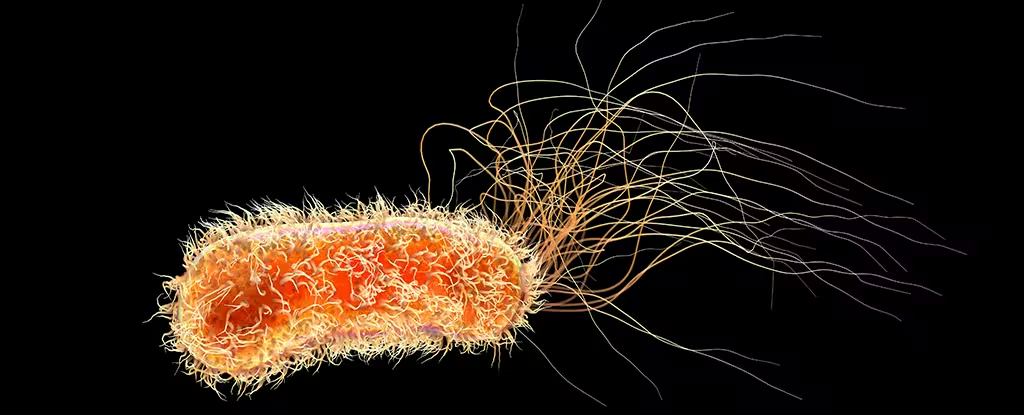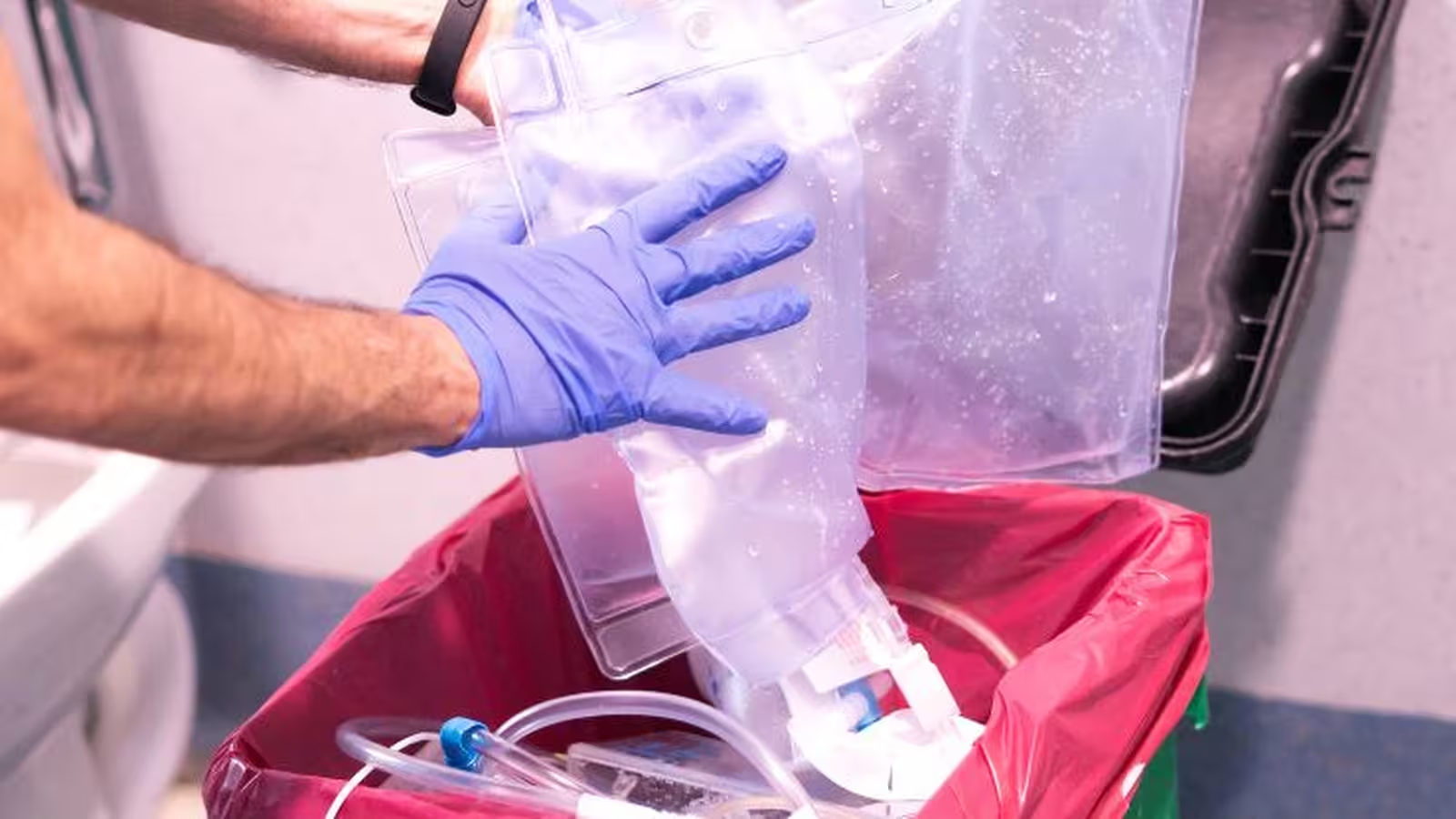4 Minutes
The Rising Challenge of Plastic Pollution and Microbial Solutions
Plastic pollution is a global environmental crisis, with vast amounts of plastic waste accumulating in landfills, waterways, and oceans. Scientists worldwide have turned their attention to nature’s smallest inhabitants—microbes—for potential solutions. Recent breakthroughs in microbiology have identified bacteria capable of degrading various plastics, raising hopes for innovative, sustainable waste management.
Plastic Use in Medical Settings: A Double-Edged Sword
Plastics are indispensable in hospitals and clinics, where they are used in surgical sutures, wound dressings, implants, catheters, and more. While these materials are vital for modern medicine due to their utility and sterility, their prevalence also raises new questions: Can hospital-adapted bacteria adapt to use medical plastics as a resource?
Investigating Hospital Pathogens and Plastic Degradation
To explore this question, a team of microbiologists conducted a comprehensive genomic analysis of common hospital-associated pathogens, searching for genes that encode plastic-degrading enzymes—tools used by certain environmental bacteria to break down synthetic polymers.
Surprisingly, they found that Pseudomonas aeruginosa—an infamous hospital superbug responsible for nearly 559,000 deaths globally each year—possesses the potential to break down plastics found in clinical settings. P. aeruginosa typically infects patients with compromised immune systems, open wounds, burns, or those reliant on ventilators or catheters, making its presence in healthcare facilities a major concern.
Laboratory Insights: Microbe Consumes Plastic to Thrive
Building on their database findings, researchers isolated a strain of P. aeruginosa from a patient’s wound and identified a gene responsible for a unique plastic-degrading enzyme, dubbed Pap1. Laboratory tests revealed that not only could this microbe break down plastic, it could actually use these plastics as a source of energy and nutrients, actively growing by feeding on synthetic medical materials.
Biofilms: Shielding Pathogens with Degraded Plastic
One hallmark of P. aeruginosa is its ability to form biofilms—structured communities encased in a protective matrix that shields the bacteria from immune attacks and antibiotics. The World Health Organization considers this pathogen a significant global health threat in part due to the treatment-resistant nature of its biofilms.
Research showed that the Pap1 enzyme enables the bacterium to degrade plastic faster and integrate the decomposed plastic into the biofilm structure, effectively using the plastic as a binding agent. This allows P. aeruginosa to build thicker, more resilient biofilms, enhancing its survival on medical devices and increasing the danger to patients.

Implications for Healthcare and Medical Device Safety
Given that medical plastics are omnipresent in patient care—from orthopaedic and dental implants to burn treatment pads—these findings have concerning implications. If a pathogen not only survives but thrives by consuming parts of critical medical devices, treatment outcomes may be compromised, leading to device failure or worsening patient health.
Microbial plastic degradation in such scenarios is a complex double-edged sword: while plastic-eating bacteria show promise for environmental cleanup, their role in healthcare settings may elevate infection risks.
Looking Forward: Innovations and Preventative Measures
In response to these risks, scientists are developing medical plastics infused with antimicrobial agents that inhibit bacterial growth or enzymatic activity. Understanding the plastic-degrading capabilities of pathogens like P. aeruginosa is crucial for future medical innovations—guiding material selection and the design of safer devices for patient care.
Ongoing research seeks to balance ecological benefits and hospital safety, ensuring that efforts to reduce plastic pollution do not inadvertently introduce new medical hazards.
Conclusion
The discovery that hospital superbugs can consume and thrive on medical plastics calls for urgent action in both environmental science and healthcare. As plastic-degrading enzymes may boost bacterial survival and infectivity, particularly in medical settings, scientists and clinicians must collaborate to anticipate and counteract these risks. The dual nature of plastic-eating microbes—as heroes of environmental remediation and as potential threats in clinical contexts—highlights the need for cross-disciplinary innovation to safeguard both planetary and public health.


Comments